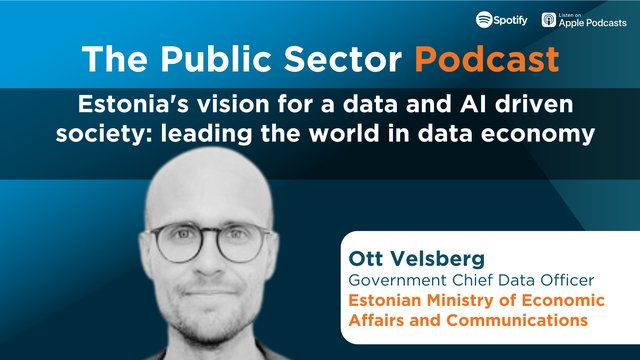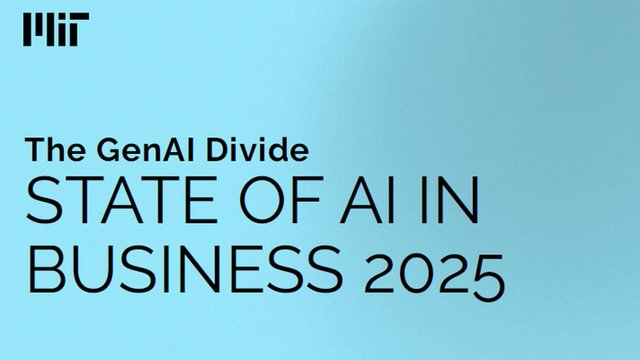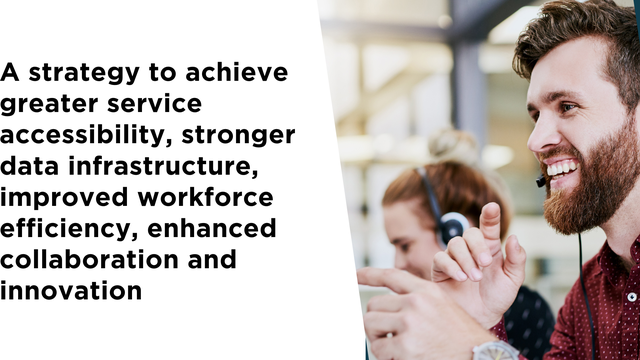
Government Keynote:
At a recent Data Management & Analytics Community Virtual Event, we heard from David Evans, Director, Business Analytics from WorkSafe Victoria on how to include data literacy in your data strategy to support improved decision making
The importance of data literacy
Literacy in the form of reading and writing is one of the foundational skills we all learn as kids. Yet as we grow older, there are other literacies that are often necessary to excel at work and in life, including financial literacy. David Evans , the Director of Business Analytics at WorkSafe Victoria, says that “data literacy is another important component in empowering people and helping them solve their problems in new ways.” In its simplest form, data literacy is about seeing something that isn’t usually there. For instance, on a car dashboard, there are many icons and signs, but drivers tend to know what a normal dashboard looks like. So when there “is no news, that’s good news. But when we see something unusual or when something happens, then it stands out.” If a new icon lights up, “we tend to notice it very quickly.” The same is true in other settings.
In the course of a day, “we are confronted with quite often a lot of information.” But most of it isn’t particularly useful. It is necessary to be able “to see what really matters.” This is where data literacy comes in. It is about “the visualisation and the interpretation of critical data.”
"In a professional setting, data literacy is about helping others see the value in the data, and about giving people the tools to develop greater clarity."
says David Evans, Director, Business Analytics, WorkSafe Victoria
How data literacy helps organisations
The concept of data integration can mean different things to different people, but for this purpose, it means “joining, combining or linking data from more than one source.” Generally, the data needs to have shared characteristics, so that it should be “about people or businesses,” and it can also be “integrated over time to create a longitudinal dataset.” But to really get the most out of the data, it also needs to interact with other datasets. For instance, “educational outcomes are not just affected by what’s happening in the classroom, they’re also affected by other things like health and family matters to name a few. So we needed to bring in data from outside our department too.”
To get to the point of clarity, there are a number of tools and lessons that can assist in “uplifting data literacy and its capability within organisations.” First and foremost is the ability to read the data and see when unexpected things pop up. But apart from that, there are other suggestions and tactics:
Focusing on high-profile business problems – Clients or individuals “who work towards KPIs,” often can’t see “how they’re tracking over time.” They want to find new ways to look at their performance, “to potentially find better ways to improve things and solve problems.” If the client can find a way to “focus on the high profile business problems,” then they can “start the conversation about how to understand and model the data, on a weekly or monthly basis. That way “with some level of certainty,” they will be able to see “which changes are just noise and which changes are actually things that warrant specific trends.” When plotted on a graph and identified, it will also therefore become clear “which KPIs are improving faster than others, or which ones are higher than others.” Business analysts might “help stakeholders understand things like uncertainty, confidence intervals, and modelling trends, and may apply some quantitative analysis,” but as long as the focus stays on the high profile problems, “clients and business stakeholders start to understand the issues.”
Spread the message – Data literacy is something that all people should be familiar with, so within an organisation, it is great to “find and enable local, passionate practitioners who love teaching new skills, to share their knowledge.” Not only is this part of the “lifelong journey of learning,” but it can also create “a chain reaction of communities of practice who are spreading that knowledge and upskilling others.”
Sharing with others – “Having people from different backgrounds and different parts of the organisation is a fantastic way to start having more conversations about data.” For example, some people work with qualitative data, but “by bringing a more quantitative lens, that positions you to quantify and compare things in a more rigorous manner.” In many ways, this allows people from across the spectrum to “see the power of data and analytics, and to understand things from a different angle which can improve their roles.”
Partner with HR – Those who work in HR, especially in large corporations, tend to “specialise in organisational capability and development.” So by working with them and sharing knowledge about data, “it helps others build things like formal capability frameworks.” These frameworks often require people with specific data and analytics skills to decipher them. Whilst much of the work in HR is performed by “technical analytics experts,” the data needs to be presented in non-technical terms so that anyone can understand it.
Look at things differently – Ultimately of course data literacy is about “asking the right questions or better questions.” The best way to find what questions to ask is to “looking at the data from a different angle.” What might appear simple or straightforward is actually more complicated “if you ask different questions.”
All of these tools, lessons, and ideas are really all about the same thing: “giving people the skills to think critically, to think differently about data, and to look at situations from new perspectives.” Many organisations have data strategies, but in order for them to be effective, it is useful if they follow some of these trends. “The questions I ask myself when I’m building a data strategy include, are there opportunities to focus on high business profile problems? Are there opportunities for passionate people to spread the message? Can you work with others from different backgrounds and complement their skills? And can you build formal capability frameworks to embed data literacy throughout the broader organisation?”
It is also important that there is a narrative or a story that runs through the whole strategy. Data literacy is ideally not a stand-alone practice but part of a broader enterprise. It is and should really be about “that art of taking something incredibly complex and distilling it into a very simple key message with visuals and the flow of logic.”



































